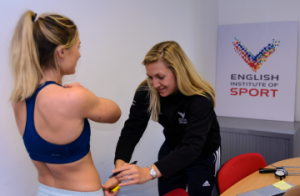Connect with us on LinkedIn for updates and the latest industry news
Part of Leading Edge’s success in leadership, change and team development comes for our ability to take on board the stories and lessons from many contexts of high performance. Sport being one.
With a little over a year to go before the 2020 Olympic and Paralympic Games in Tokyo, I thought we’d take a look at one of the many ‘teams behind the team’ – the English Institute of Sport (EIS). They work across more than 10 areas of expertise to provide a range of sport science and medical services to improve the health, fitness, training, preparation ‘in services of other’ – elite athletes.
The synergies with businesses and commercial organisations are clear… think of the various head office, supply chain, support functions that support the ‘customer facing’ operation.
Imagine if your role was to support the success of someone else, if your sole purpose was to ensure the best outcome for another individual. – knowing they will get the acclaim but your investment to them getting there was key
 The EIS consider themselves as ‘the team behind the team’ and aim to provide sports, coaches and athletes with the best package of support, delivered by the best possible people in the best possible environment. They supported 93% of GB athletes who made it to the podium at both the Olympic and Paralympic Games in Rio. And they happen to have been ranked among the Times 100 Best Not-for-Profit organisations to work for…They must be doing something right!!!
The EIS consider themselves as ‘the team behind the team’ and aim to provide sports, coaches and athletes with the best package of support, delivered by the best possible people in the best possible environment. They supported 93% of GB athletes who made it to the podium at both the Olympic and Paralympic Games in Rio. And they happen to have been ranked among the Times 100 Best Not-for-Profit organisations to work for…They must be doing something right!!!
So how are they making this work… and what are the parallels in business?
The EIS specialise in
1. OPTIMISING TRAINING PROGRAMMES – “Ensuring athletes have a training programme which enables them to be in peak condition for major competitions”.
Is this the focus of your learning and development programme? How are you investing in your employees to ensure they are growing towards you ‘peak season’? How are your strength & conditioning coaches of learning potential investing in each other and the wider organisational team?
2. IDENTIFYING AND DEVELOPING TALENT – ‘Working in partnership with UK Sport and NGBs helping sports to build, optimise and populate their performance pathway’
Is this the focus of the recruitment and induction of new staff members? What activities are your team of current employees doing in service of the new people? how much of their time can and is committed to ‘others’? What are your ‘sport scientists’ of technical support, education, benchmarking doing to help ‘others’?
3. MAXIMISING COMPETITION PERFORMANCE – ‘focused on the specific detail of getting things right on the day’
Is this the pivotal business crunch day, whether it be a pitch day or launch event, peak production window or sales peak? What are you doing to ensure your athletes (staff) are in the best possible position to deliver on ‘competition day’ and are able to find the extra they may need be the difference between success or failure? What practitioners do you have I’m place working collaboratively on the physical, mental and tactical aspects of their preparation?
4. IMPROVING ATHLETE HEALTH AND WELLBEING – ‘focus on the key factors that prevent athletes from achieving improvements in performance’.
Is this the talent management of high performing business? what are you doing to reduce the loss of ‘training days’ or missed major events? What disciplines/departments need to be involved in ensuring the wellbeing of your teams? (the Doctor of development, the Physiotherapist of learning, Strength & Conditioning coach of the returning employee).
I believe there is a great deal to be learnt from ‘owning’ the position of being ‘the team behind the team’ and investing in others for organisational gain (over personal accolade).
A very worthwhile endeavour ‘to be greater than the sum of their parts…’.
by Kurt Lindley



